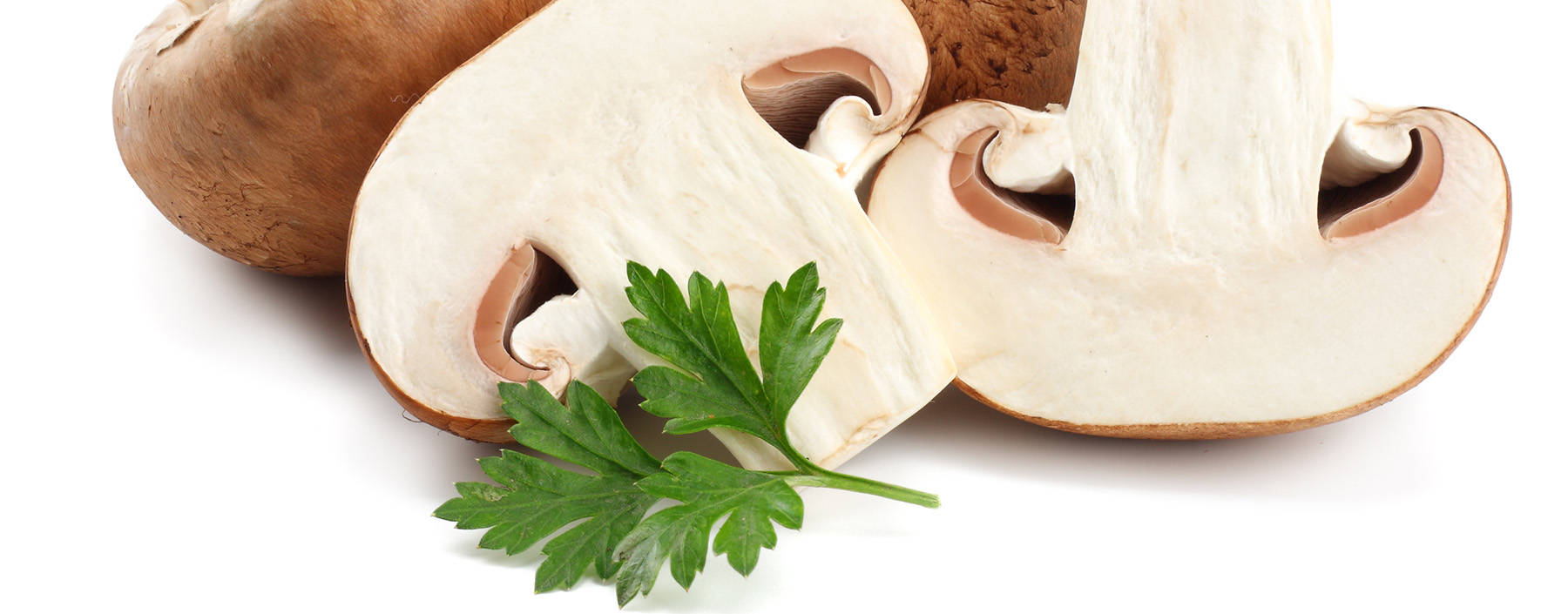The artificial culture of Polyporus umbellatus has to some extent alleviated the increasing demand for Polyporus umbellatus. However, its growth and development patterns are not fully understood. The long-term exploitation of wild Poria resources has resulted in a sharp decline in wild Poria resources. At the same time, Poria yield and quality are unstable due to long-term asexual reproduction, unselected sowing, degradation of cultivated seeds, and wide variation in the germplasm used to produce Poria. In its natural state, Polyporus umbellatus takes 3-5 years to be used as a medicine, and its slow growth cycle and low reproductive rate, but extremely high nutritional requirements, have become a limitation to the development of Polyporus umbellatus on a large scale, and the contradiction between supply and demand is increasing.
Lifeasible offers tissue culture services for Polyporus umbellatus. Through our tissue culture service, we can select strains with excellent characteristics and provide a theoretical basis for high quality and high yield of Polyporus umbellatus, to make more effective use of excellent germplasm resources and change the current situation of acute contradiction between supply and demand, as well as provide a reference basis for further research on Polyporus resources.
What Is Polyporus umbellatus?
Polyporus umbellatus is an edible fungus that grows on old beech or oak tree roots. It is also known as the umbellate polypore. The substrate consists of many (sometimes hundreds) caps. They are 1-4 cm in diameter, deeply cordate, light brown, and form the end of a strong, widely branched stem. Compounds can reach 40 cm in diameter. The pores are fine and white. The stalks are greyish-white and come from strong tubercles underground. The flesh is white and soft when young, but hardens with age.

What Do We Offer?
By providing these services we can help you select the most suitable Poria strains. We can also provide a reference for the development of Poria resources and facilitate the progress of your experimental research. Our services include but are not limited to the following:
- We offer three types of tissue culture for Porphyra in the form of slant culture in test tubes, plate culture in Petri dishes, and solid culture in triangular flasks.
- We can also design experiments to determine the growth and mycelial morphology of Poria under different culture conditions so that you can choose the most appropriate experimental session for a better selection of Poria tissue culture conditions.
- We typically compare growth and developmental characteristics based on the colony, mycelial morphological characteristics, growth rate, dry weight, and mycelial polysaccharide content.
- We can study the types of nutrients required for the growth of Polyporus umbellatus on culture media.
Advantages of Polyporus umbellatus

Contact Us
Lifeasible provides tissue culture services for Polyporus umbellatus. We aim to provide a theoretical basis for high-quality and high-yield Polyporus herbs, to make more effective use of excellent mushroom germplasm resources. If you are interested in our services, please contact us for a more detailed description of our services.
Reference
- Bandara AR, et al. Polyporus umbellatus, an edible-medicinal cultivated mushroom with multiple developed health-care products as food, medicine and cosmetics: a review. Cryptogamie Mycologie. 2015; 36(1): 3-42.
For research or industrial raw materials, not for personal medical use!




